
Expanded Collaboration
Collaboration is a crucial soft skill in the 21st century, especially as problems become more complex and projects more intertwined. It is essential for learners to develop effective teamwork skills, and educators play a significant role in fostering this ability throughout their learners’ academic journeys.
Coaching to Collaboration
The following three strategies are by no means the only ways to develop collaborative abilities, but they are strategies that I have found particularly helpful in my music technology classroom.
Project Feedback

An important part of learning to compose music is to be able to give and receive feedback. For this reason, a major part of my curriculum involves having learners listen to each other’s projects and provide feedback. This is done on a group and individual level, but it takes time to develop their ability to provide high quality feedback.
Over the course of the first semester, I start by having learners recommend a song that we should listen to as a group. The learner then tells the group one thing that they enjoy about the song, then the group listens to the song, and finally the floor is open for other learners to make comments on what they liked about the song. At this point in the process, I make it a point that we are being respectful in our comments and that there is always something we can find that we enjoy about a song (even if we don’t like it as a whole).
As the learners become more comfortable giving and receiving feedback, we transition to sharing their projects and discussing them in a similar way. After each project, at least five learners must volunteer something that they thought went well and something that they would change. This process helps them understand that their peers are only trying to help them, which results in them being more open to giving and receiving feedback. These discussions eventually begin spilling out into the day-to-day class with learners becoming open to letting their peers listen to their works in progress.
Collaborative Workspace
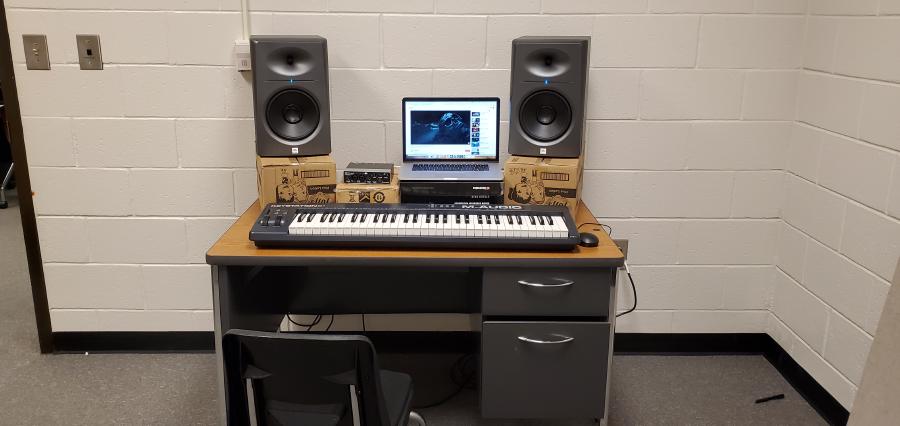
Collaborative workspaces are becoming more common as jobs become more specialized resulting in more projects that involve larger teams. This is especially true for any creative field.
Professional music studios typically have a single workstation or console with an engineer controlling the computer and four or five others spit-balling ideals. There is a natural ebb and flow to the conversations and creative process that is incited by this working environment. I am fortunate enough to have two side rooms which work great to establish this same kind of collaborative workspace.
Within our main lab, learners must use headphones so that they do not disturb others that are working. But in the workspace, there are studio monitors that the learners can use to work out loud which immediately makes it feel more collaborative. We discuss that this workspace is open to any learner at any time for the purpose of collaboration and group work. We set ground rules that it is a workspace, so anyone that is in the room needs to be an active participant in the project – not just hanging out. As more and more groups want to utilize the space, they must start reserving their studio space to make sure everyone has an equal opportunity to utilize the room.
The workspace has been great in allowing learners to work through the creative process together and be able to pull in their friends to get quick feedback.
Shared Resources
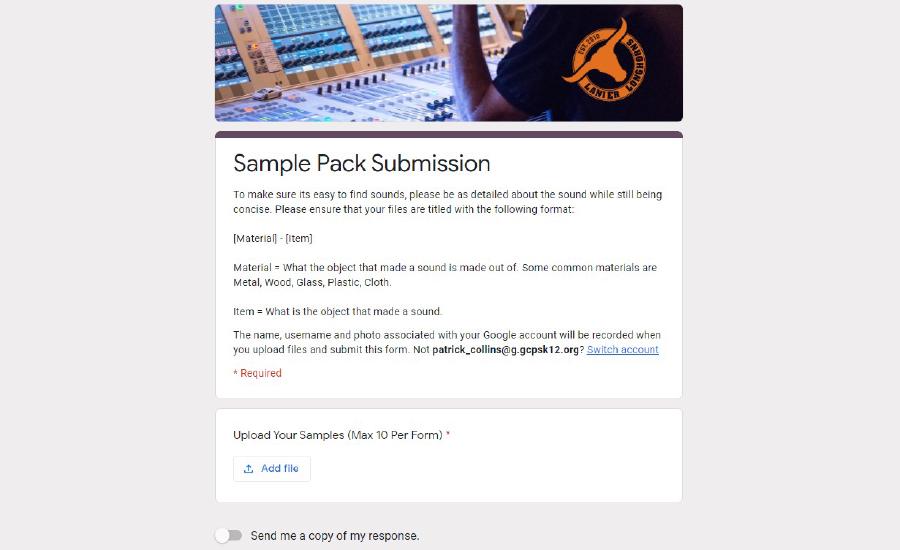
Collaboration isn’t the same for every professional, and it’s often not simply everyone working on a single project together. It is various departments’ relying on the resources and documents created by another team. This is especially true for careers where everyone works together to develop a large project, such as a movie, video game, or TV show. Each individual department contributes their assets so that the next group can utilize them for their assignments.
To develop this type of collaboration, I do a variety of projects which ask learners to develop shared resources that their peers will have to use. One of these projects has learners record random sounds around their house and then use them to write a piece of music. Each learner is assigned a particular kind of sound to find (metal, wood, plastic, etc) and upload them to a shared Google Drive. Then they use a discussion board to talk about which sounds they plan on using, what modifications they might need to make to them, and what sounds they wish they had.
Through this project, they learn how they can use each other as a resource to help them sift through the over 400 different sounds that the group has collected, as well as help each other with creating new sounds if they aren’t sure.
Collecting Real-Time Feedback
One of the fantastic things about education is that no school year, or even school day for that matter, is exactly the same. This is why teaching is truly an art and not wholly a science. Just like any other art, education is influenced by the current culture in the community. As such, it is important that educators have a way to collect real-time feedback from stakeholders. There are two particular strategies that I quite frequently use to inform my teaching.
Surveys
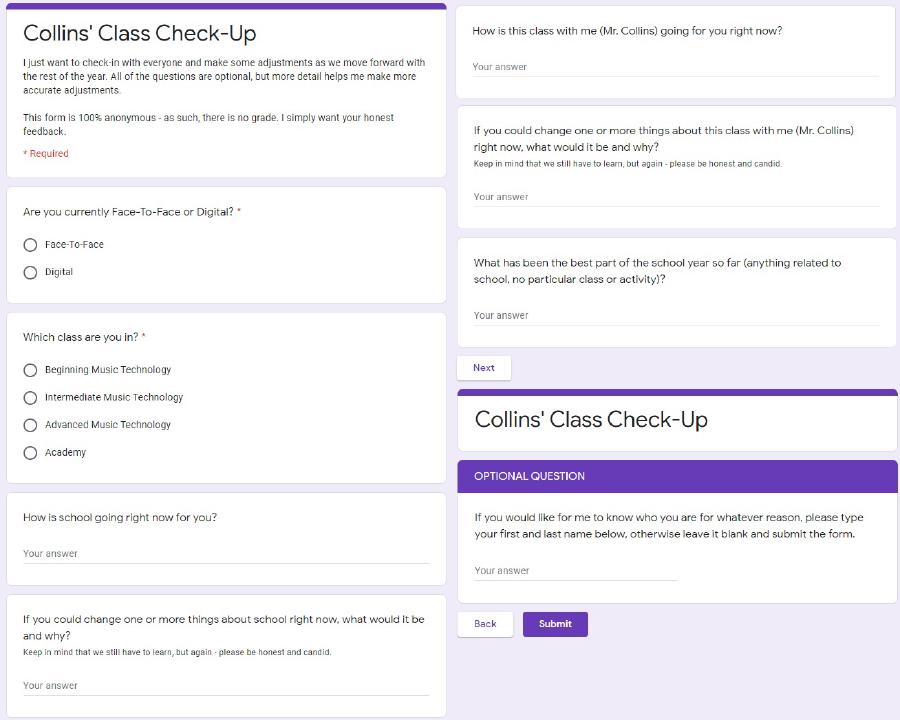
In an ideal world, educators would have the ability to read the minds of their learners, but we know that this is a rare ability. Fortunately, surveys are essentially a step-down from that, and I believe that educators can find a lot of power in surveying their learners.
The further an educator gets away from being a learner themself, the less likely they are to truly understand what their learners may or may not be thinking about. Surveys allow educators to provide learners with an anonymous way to provide feedback on teaching, learning, or other classroom procedures. If the educator has a particular thing they are interested in, they can simply add it to the survey, otherwise they can ask what is working and what is not working. These surveys can extend beyond the classroom to acquire data on parents and community members that may be able to assist with class.
Each year, I utilize a variety of surveys. Learners receive a survey at the start of the school year which asks for basic information about their musical and technology experience, in addition to what they are most interested in learning about in class. I can then use this information to adjust the curriculum pacing to allow for more time on topics that they have expressed interest in. Additionally, I can gauge their current knowledge and experience to determine the overall pacing of the course. I also take note of their musical interests so that I can adjust the musical examples I use throughout class.
Beyond this survey, I survey the learners every seven to nine weeks to see what is working and what isn’t working. I give them the option to put their name on the survey so that they can feel free to be honest. These surveys are the most important to me as they give us the chance to get to know each other, and then it allows me to make changes to my class to better serve the learners depending on their thoughts thus far.
Quick Self-Rating
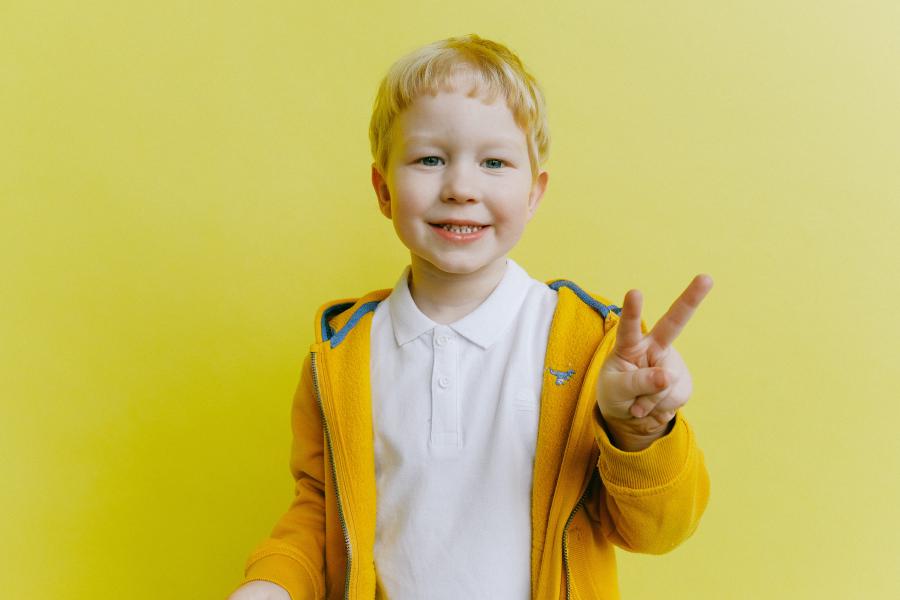
The ability to survey learners and make long-term changes to pacing and learning activities is fantastic, but these large-scale issues won’t occur until weeks or months into the school year. If educators wait until this point to assess learning, then instruction may have slowed, or learners may have never understood part of the content. This is where educators can take advantage of having a quick rating of problems.
To get instant feedback from learners, I utilize a 3-finger rating system that I learned from my while student teaching with Dr. Andrew Poor. If there is a point during instruction where I want the students to self-assess or if I just want to take a pulse check, I ask the learners to close their eyes and rate themselves as either (1) Struggling, (2) Understanding, or (3) Mastering. This allows them the chance to really think about how confident they are on a topic while also giving me the chance to see how the class is doing as a whole. If I see lots of 3s then I know that we are ready to move on, or if I see lots of 1s then I know that we need to take a completely different approach. The best thing about this is that it doesn’t matter where we are or what we are doing, learners can use a single hand to inform our instruction.
Building Relationships
Collaboration isn’t limited to those we work with directly. It is important to also foster collaboration with the community and to develop a relationship with all stakeholders. This includes those outside of the school building that might be able to help create learning opportunities. There are a variety of ways that I work to build those relationships. Here are three that I find to be very effective for my situation.

The easiest way to build relationships with the learners’ parents is to communicate with them, and the easiest way to do that is through email. As the school year gets tough for learners, I try to increase the frequency of my emails. I organize these emails in a variety of ways depending on the situation, but I try to always make it clear and easy to skim for busy parents.
The example above is one of the emails that I sent to parents and learners after we discovered our COVID-19 shutdown would extend beyond spring break. I decided to talk about my own struggles with the shutdown and extend some ideas to learners (and parents) about how I was keeping my sanity. I received a lot of positive feedback from the parents.
Social Media
Kendall Finley was one of twelve students in the State of Georgia to have their music creations selected and showcased at a recording studio in Athens, GA during the state music educators' conference. Feel free to listen to her piece at https://t.co/Siwae6RHeK. pic.twitter.com/imKvhBBmuH
— Lanier High School GA (@lanierhsga) February 10, 2020
While parents will receive emails from educators, the reach of email typically ends at them. This is where social media shines. Not only can learners and parents see it, but they can also share it with relatives and the rest of the community. This helps everyone in the community feel more involved with the school, and it helps demonstrate the quality learning experiences happening in the school.
Any time a learner does well in a competition, or creates an excellent project, I do my best to push it to the appropriate social media channels. This not only brings awareness to the school, but also to the program.
Recordings
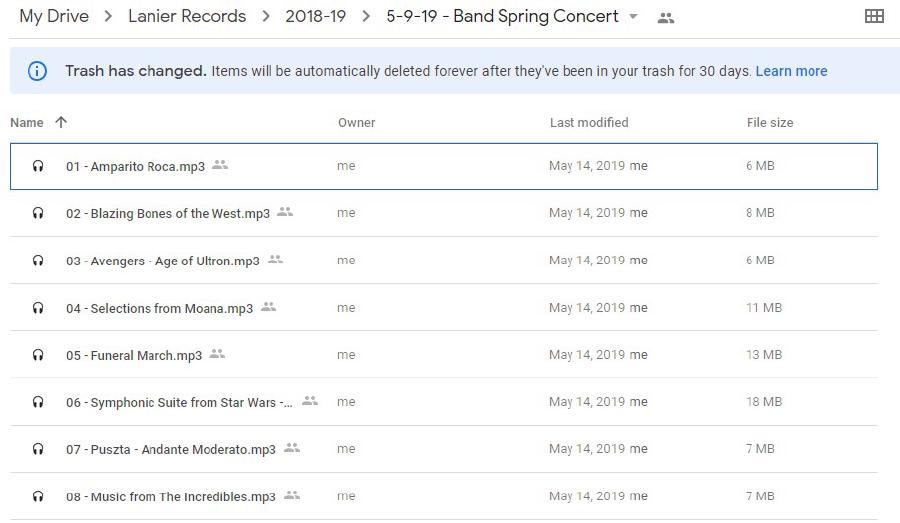
Many educators focus on developing relationships with learners and parents, but they often forget that the relationship with their colleagues is just as important. At our school, we have plenty of concerts from our band, chorus, and orchestra programs. As you can imagine, these programs would like to be able to listen to and evaluate their performances and need recordings to do this. That is where my class steps in.
Our learners actively record and produce archival recordings of all musical performances at our school. This gives them an authentic learning experience through setting up, recording, and editing a performance, while also giving our music department a way to showcase their work to the community or submit to contents. We have even moved beyond concerts to recording sweetener tracks for our musical theatre program to use during their performances.
Personal Interaction
Above all else, it is important that educators help foster a personal relationship with each learner. Not only will this make them more open to working with you and giving their best effort, but it helps develop a mutual understanding among all learners when completing collaborative work. In order to facilitate and nurture these relationships, I try to make sure to actively have personal conversations with each learner, and here are three ways that I have found effective thus far.
Instant Messaging

At the start of this year, a couple of learners approached me about creating a music technology group chat. I was, of course, skeptical at first due to the potential headaches that it could cause, but after talking to another teacher that utilized it for their class, I figured we could give it a shot. I am so glad we did because it has been a fantastic way to not only build community but create an authentic experience and allow me to have more individualized interaction with students that flourish digitally.
The learners use the chat actively to talk about their projects and ask for feedback. Other learners frequently respond, but I will chime in as well. Where it has been great is for learners wanting to ask a quick question about a project or a piece of gear that they are considering purchasing and me being able to respond to them relatively quickly, even outside of school hours.
Co-Planning
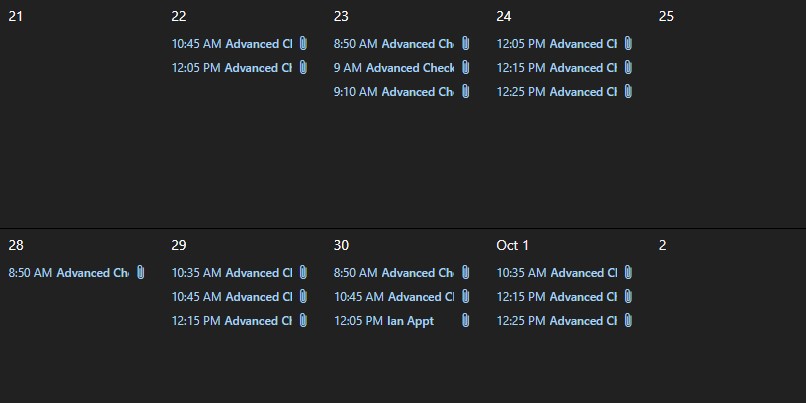
Through my master’s degree program at Kennesaw State University, I have learned to love co-planning sessions for having longer and more focused interactions with each learner. This year, I decided to implement it with my third-year learners while they work on their capstone. For their capstone project, the learners do a deep dive into a personal project and topic that they are most interested in relating to music technology. They actively research on their own and document their learning journey through a series of blog posts which showcase their work.
In order to facilitate these extremely varied projects, the learners have to sign up for times to meet with me one-on-one so we can discuss what they have learned, what they are working on, and what are some ideas on where to go next. These meetings happen at least once a week, though some sign-up for more. It has been fantastic for getting to know them and increasing the depth of their work.
Coordinate Conversations
Damon Thomas is a music producer, who has shared the workplace with the countless A-class recording artists. He is imparting his wisdoms and experience with the LHS Music Tech students! #hookemhorns pic.twitter.com/poHDT0BAJR
— Lanier High School GA (@lanierhsga) September 19, 2019
Since my class is vocational, I think it is important that I tailor my curriculum to what interests my learners and how they could turn my class into a career or side gig for themselves. Often, they are extremely interested in a certain topic or career that I may not have a lot of knowledge of, so I try to connect them with professionals to discuss it more in depth. Of course, we often have music producers come to class to talk to everyone, but for many of my learners that is not the side of music they are interested in.
Over the past few years, I have been able to connect a learner interested in audio for film with a foley artist and a few learners interested in video game music with a video game composer. More recently, I had a learner that was very interested in being a mechanical or electrical engineer working with musical or audio gear. Fortunately, I have a friend who works for Google who had built his own electronic musical instrument, so I was able to have that learner talk with someone who understood better what they wanted to do.
References
Burns, M. (2018, October 5). Why You Should Create a Collaborative Classroom This Year. Getting Smart. https://www.gettingsmart.com/2018/10/why-you-should-create-a-collaborative-classroom-this-year/
Davis, V. (2015, July 21). 3 Ways of Getting Student Feedback to Improve Your Teaching. Edutopia. https://www.edutopia.org/blog/student-feedback-improves-your-teaching-vicki-davis
RMC Research Corporation. (2009) Engaging Stakeholders. Sustaining Reading First, 16(6). https://www2.ed.gov/programs/readingfirst/support/stakeholderlores.pdf
Solis, O. & Turner, W. (2017). Building Positive Student-Instructor Interactions: Engaging Students through Caring Leadership in the Classroom. Journal on Empowering Teaching Excellence, 1(1). https://www2.ed.gov/programs/readingfirst/support/stakeholderlores.pdf
Tucker, C. (2017, August 12). Grade Interviews. Dr. Catlin Tucker. https://catlintucker.com/2017/08/grade-interviews/